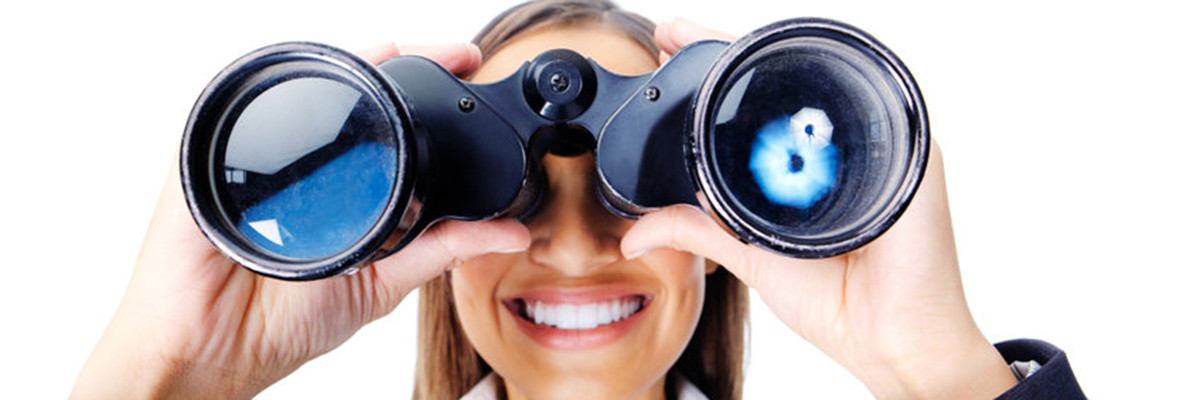Better than a Crystal Ball: 4 B2B Marketing Predictions for 2022

Blog post By Paula Chiocchi on 2021-11-10
Look into the crystal ball. If only it were that easy to know what the future holds for B2B marketing. In reality, the best and most accurate business predictions are based on deep subject knowledge, extensive experience and hard data for support.
Which is why when Forrester makes a prediction, most marketers take note. The global market research company recently released their predictions for 2022. Taking into account what we’ve learned from the upheaval of 2020 and the adaptations made in 2021, Forrester says “the need to act quickly and intelligently in the moment has never been so critical.”
What’s in store for 2022 according to Forrester? Here are four of their predictions that caught my eye and my take on how they’ll impact B2B acquisition marketing.
- Digital experience is your customer’s experience.
According to Forrester, in 2022 around 80% of consumers will see the world as all digital. It’s no secret that since the start of the pandemic consumers have rapidly increased their technology adoption and usage. Forrester data points out that in April 2020, 63% of US online adults said they had done a new online activity and 44% had upgraded their in-home technology.
Forrester says 56% percent of U.S. consumers believe that companies should have figured out how to handle pandemic-related disruption by now. While buyers may overlook pandemic-related disruptions that are out of the seller’s control—such as supply chain issues or changing regulations—at this point, they expect digital experiences to meet their standards.
If your customers’ digital experience in the B2B buying process isn’t what it should be, it will stand out negatively even more in the coming year.
- Digital transformation is a path toward business success, not the end goal.
Another Forrester prediction for 2022 is the leap from digital to human-centered technology transformations. While technology acceleration won’t slow, the emphasis on “digital transformation” has come and gone. Forrester says instead, leading firms will focus on the creativity of their employees and empower them with innovative technology. Technology is not the end goal, but a tool for unleashing the potential of teams that will act on mission for their company. This investment in people will also serve to limit the impact from the “Great Resignation,” the significant increase in people voluntarily leaving their jobs, especially in professional and business services.
- “Always on” digital engagement comes with added technology requirements, but don’t skimp on understanding your buyer.
Buyer expectations have increased. There’s greater demand for instant responses and personalized content. Forrester predicts that in response, 70% of marketers will adopt an “always on” digital engagement strategy in 2022. As a result, the B2B marketing budget will allocate a greater piece of the pie to technology, with an expected increase to 25% in 2022. But without the right kind of buyer insight, Forrester says 75% won’t deliver a good ROI.
“Smarter” technology, autonomous and integrated solutions, can go a long way in creating personalized, automated experiences, but this type of persistent digital engagement needs a customer-first focus that is in line with what your buyer actually wants. Sellers should utilize technology and data to get a full picture of your buyer and how you can best engage them.
- The way we work will influence who we’re targeting and how we reach them.
Whether committing to fully remote, returning to the office or navigating both, the future of work has changed dramatically. But the hardest transition will be for the 60% of companies attempting a new hybrid model: Forrester predicts one-third simply won’t work. Why? Forrester says meetings, responsibilities and even promotion opportunities will be designed around in-person experiences, creating bias and inequity.
This is also a reminder of how economic and social changes have changed how B2B marketers reach audiences. With some buyers back at the office and some at home, as well as both often using their personal devices and email addresses, it’s harder to know where, when and how to target them. Additionally, with so many employees leaving the workforce (involuntarily and by choice), data quality has taken a big hit--on top of regular B2B data decay. Having accurate B2B marketing data and keeping your data clean through regular data cleansing should be a high priority for marketers looking to target new prospects through acquisition campaigns.
Forrester says that in 2022 creativity, resilience, and agility—along with strong customer understanding and the right tech investment—will separate the leaders from the laggards. There are several other critical business predictions defined for next year, and I encourage you to read them all.
Understanding these marketing trends and staying ahead of the evolving business landscape will pave the way for greater success in 2022—that’s crystal clear.
Outward Media’s proven data cleansing services and targeted, accurate B2B data can enable you to achieve better digital marketing ROI and, ultimately, convert more prospects into customers. Go here to find out about leveraging our SMB and medical market data on the LiveRamp Data Marketplace.
DOWNLOAD YOUR FREE ebook
At OMI, we believe good things happen when you share your knowledge. That's why we're proud to educate marketers at every level - in every size and type of organization - about the basics of email marketing and the contact data that powers it.
-
The Executive's 15-Minute Guide to Building a Successful Email Marketing Database
-
A 15-Minute Guide to Fortune 2,000 Businesses and Executives
-
Five Best Practices for Using Email Marketing to Target SMBs



